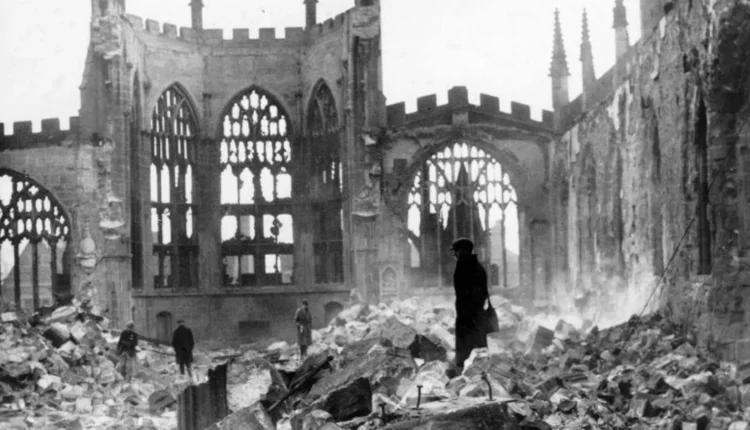Cardboard cathedral built as city remembers Blitz.
 BBC
BBCVolunteers are celebrating the 85th anniversary of the Coventry Blitz by reconstructing the cathedral out of cardboard.
Over 11 hours overnight on November 14, 1940, German bombs rained down on the city, killing hundreds, razing its mediaeval heart, and destroying the cathedral.
Artist Olivier Grossetête stated that 25km (15.5 miles) of tape will be used for the 15m-tall (49.2ft) cardboard building, and he hoped that inclement weather would not dissuade volunteers from coming to assist.
The masterpiece will then be lit overnight and burned on Sunday after 15:00 GMT to commemorate the cathedral’s unexpected loss during the bombing.
Volunteers from all around the world have begun assembling the components of the installation, which will be created from the ground up in Broadgate on Saturday.
Mr Grossetête stated that bringing the community together through workshops was a crucial element of the process. “All of the project is important, not just the result,” he told me.


 Coventry City Council/Aaron Law
Coventry City Council/Aaron Law Getty Images
Getty ImagesRead more on Straightwinfortoday.com


Comments are closed, but trackbacks and pingbacks are open.